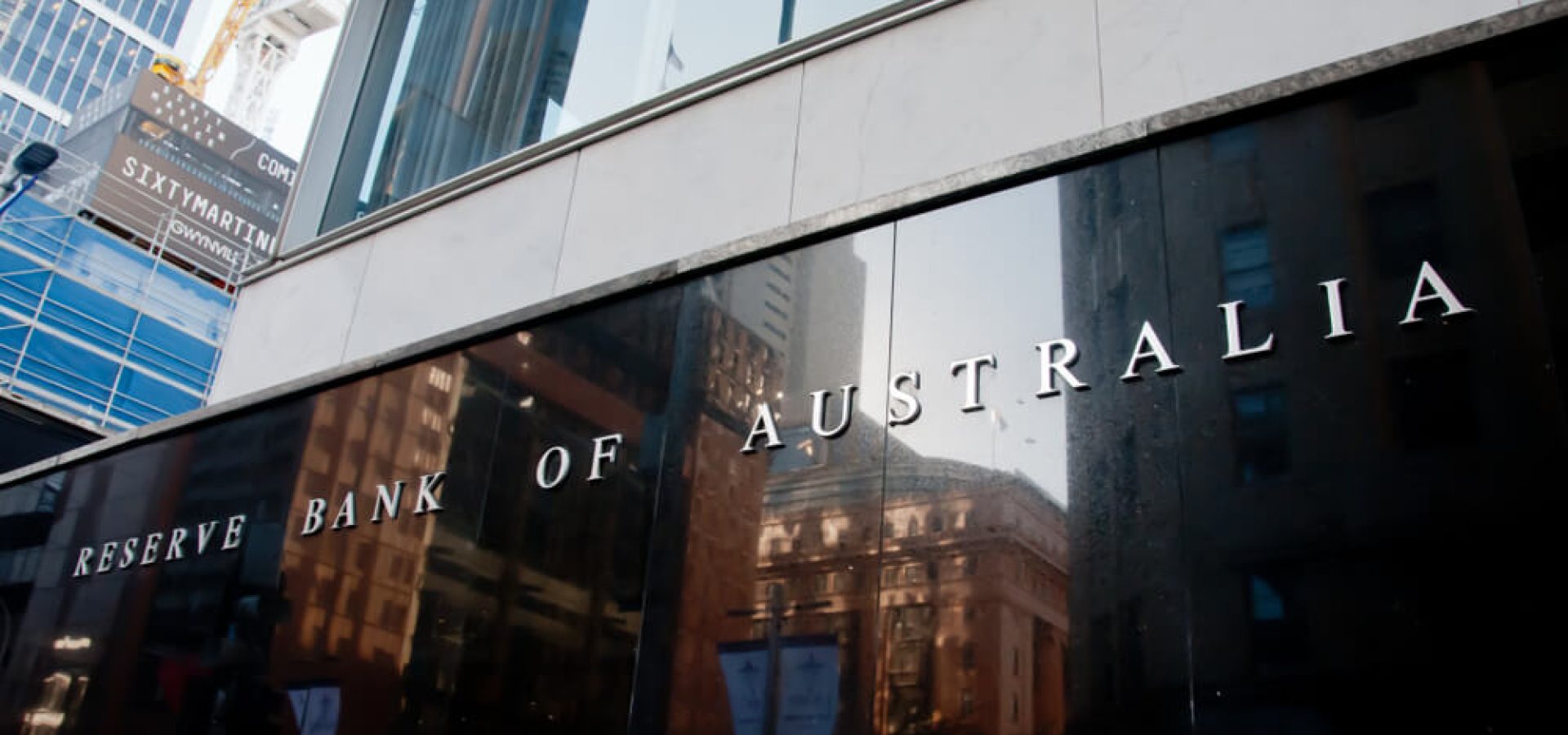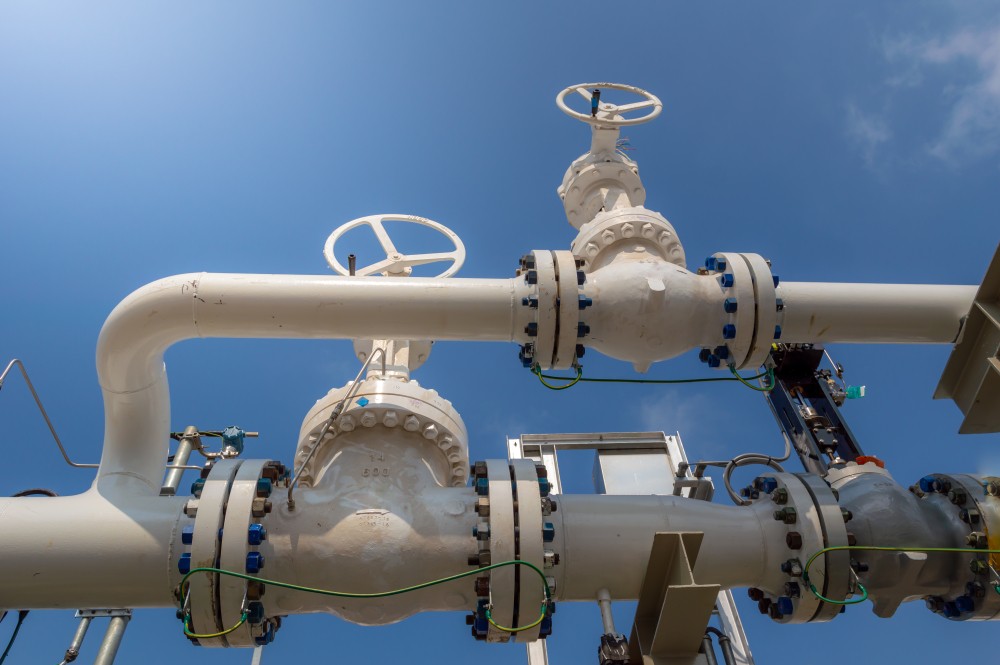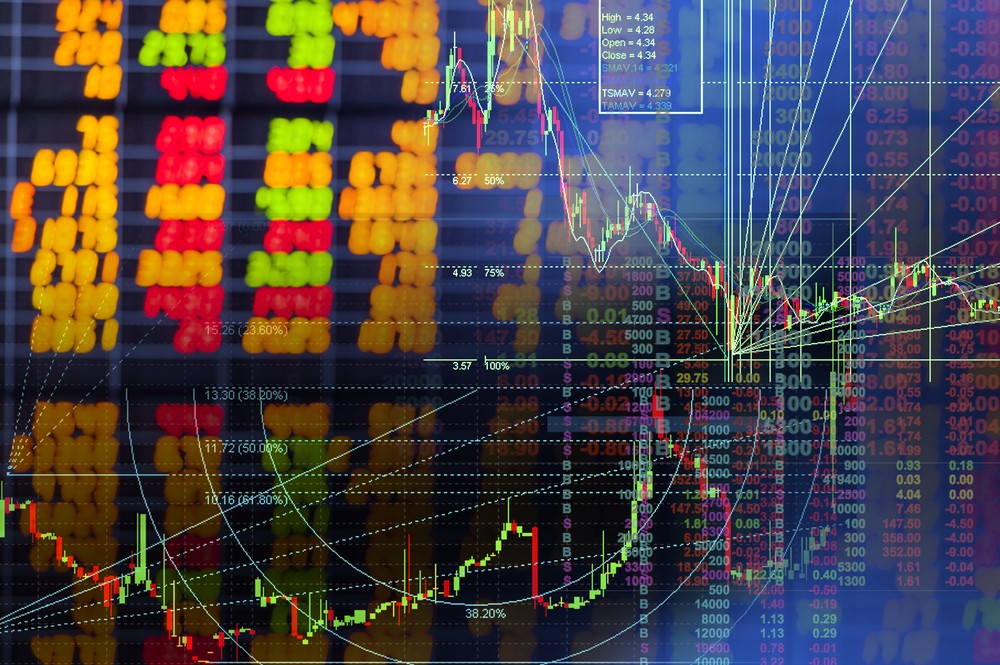Quick Look
- GDP grows by 0.2% in December Quarter 2023, matching economists’ predictions.
- Annual Australia’s GDP Growth Rate hits 1.5%, aligning with expectations.
- Export growth and reduced imports boost the economy, while company stock reductions hinder.
- The household savings ratio rises after two years.
- Projections indicate a slowdown in GDP growth, with potential recovery by the end of 2024.
In the closing quarter of 2023, Australia witnessed a GDP growth of 0.2%. This figure matched the expectations set by economists and mirrored the corrected figure for the September quarter. The year-on-year growth rate also aligned with forecasts at 1.5%.
Australia’s Exports Up, Stocks Down: Growth Drivers
Exports were pivotal in this quarter’s growth, contributing 0.6 percentage points. A fall in imports further bolstered economic performance. However, company stock reductions posed a challenge, detracting 0.3% from the overall growth. Household spending saw a marginal increase of 0.1% despite a downturn in discretionary expenditures. This period also noted a rise in the household saving-to-income ratio to 3.2%, marking the end of a declining trend. On the investment front, private business investment grew, particularly in non-dwelling construction, which surged by 5%. However, public investment saw a slight reduction.
2024 Forecast: Slower Growth, then Recovery
Treasurer Jim Chalmers has set the stage for “quite weak” economic growth projections. This is attributed to the interest rate increase since May 2022. With 13 rate hikes to date, the GDP growth is expected to decelerate to 1.3% by mid-2024, with hopes of a recovery to 1.8% by the year’s end.
Australia vs. World: 1.5% Growth Compared
Compared to its international counterparts, Australia’s growth rate of 1.5% presents a mixed picture. It trails behind the robust 3.1% of the US but surpasses the modest 0.1% growth in the Euro-area and the decline observed in the UK. This positions Australia in a varied global economic spectrum.
Rates Impact Housing: Policy Shifts Ahead
The high-interest rate environment has significantly impacted the housing sector, slowing new home construction and increasing rents. The Small Business Index also witnessed its largest drop since April 2020, indicating a broader economic cooling. Experts from Deloitte Access Economics recommend a pivot towards stimulating economic growth, anticipating a series of rate cuts in the 2024-25 period. The Shadow Treasurer, Angus Taylor, pointed out the critical need for addressing productivity challenges and ensuring growth is coupled with sustainable wage increases.
Market Steady Amidst Slowdown Signs
The economic data release saw a muted response from the markets, with the Australian dollar remaining stable and stock markets experiencing minor losses. This scenario is set against a backdrop of Australia’s economic journey, marked by continuous growth since the September quarter of 2021 but tempered by a noticeable slowdown over the past five quarters.
Despite these challenges, the outlook remains cautiously optimistic, bolstered by easing inflation, upcoming tax cuts, and the anticipated reduction in interest rates. This economic phase stands out as the slowest since the early 1990s recession. However, excluding the impacts of the pandemic and the introduction of the Goods and Services Tax, it still holds potential for a near-term resurgence.









COMMENTS